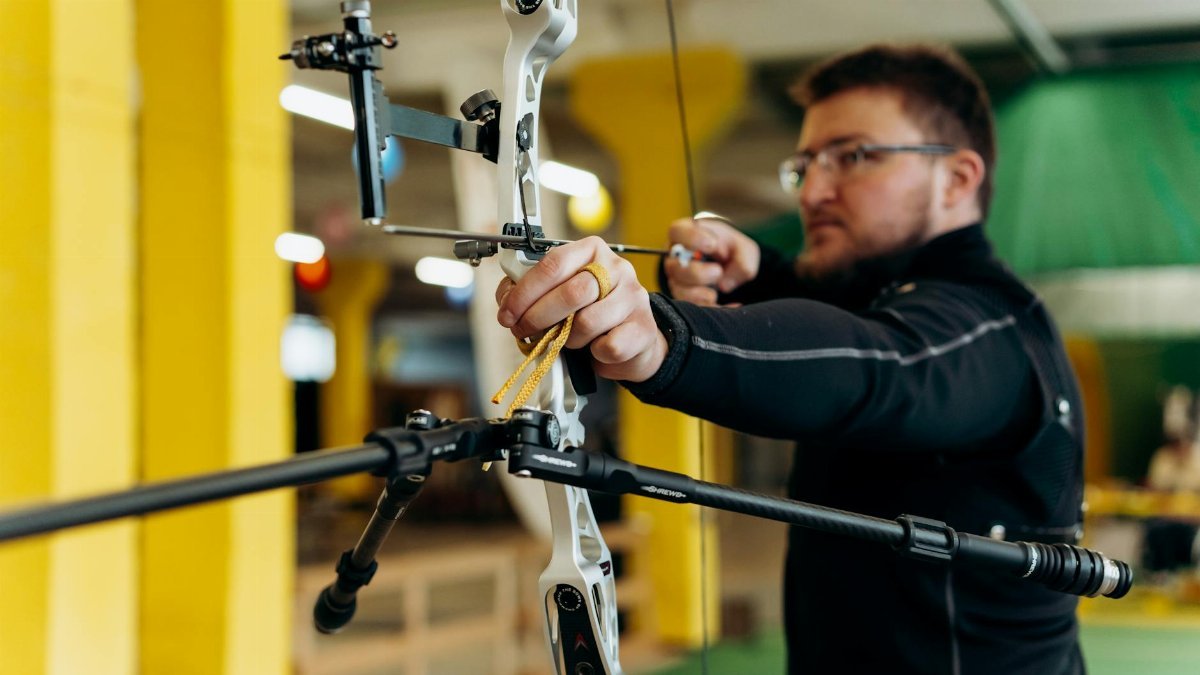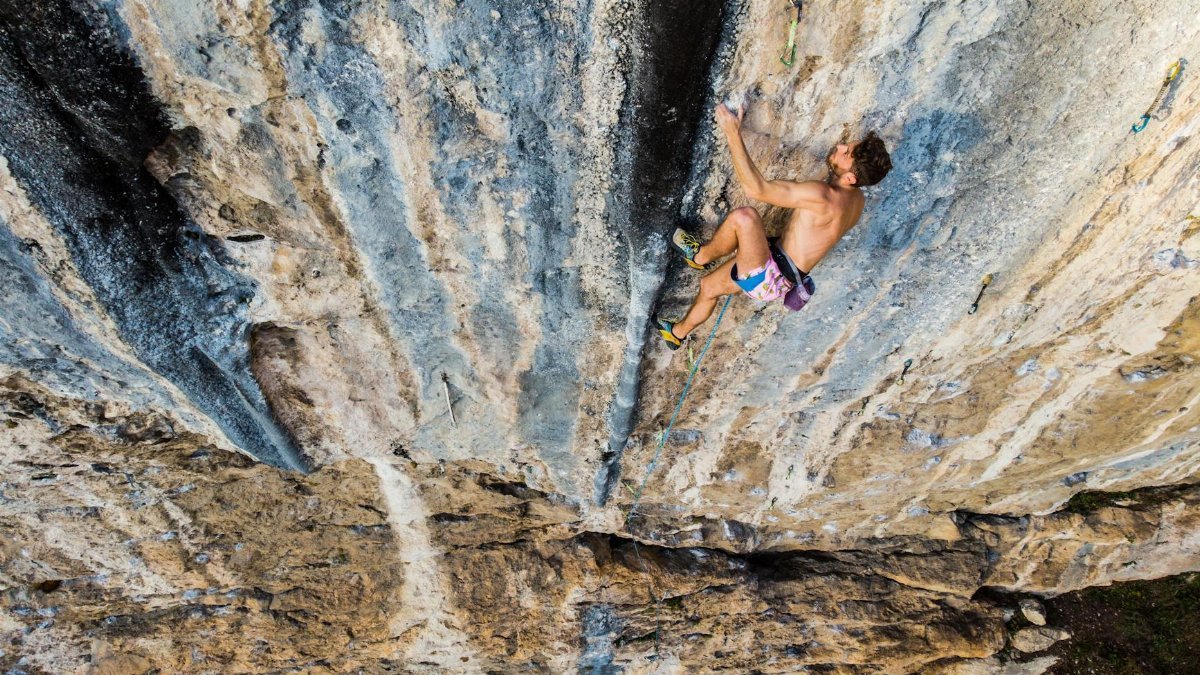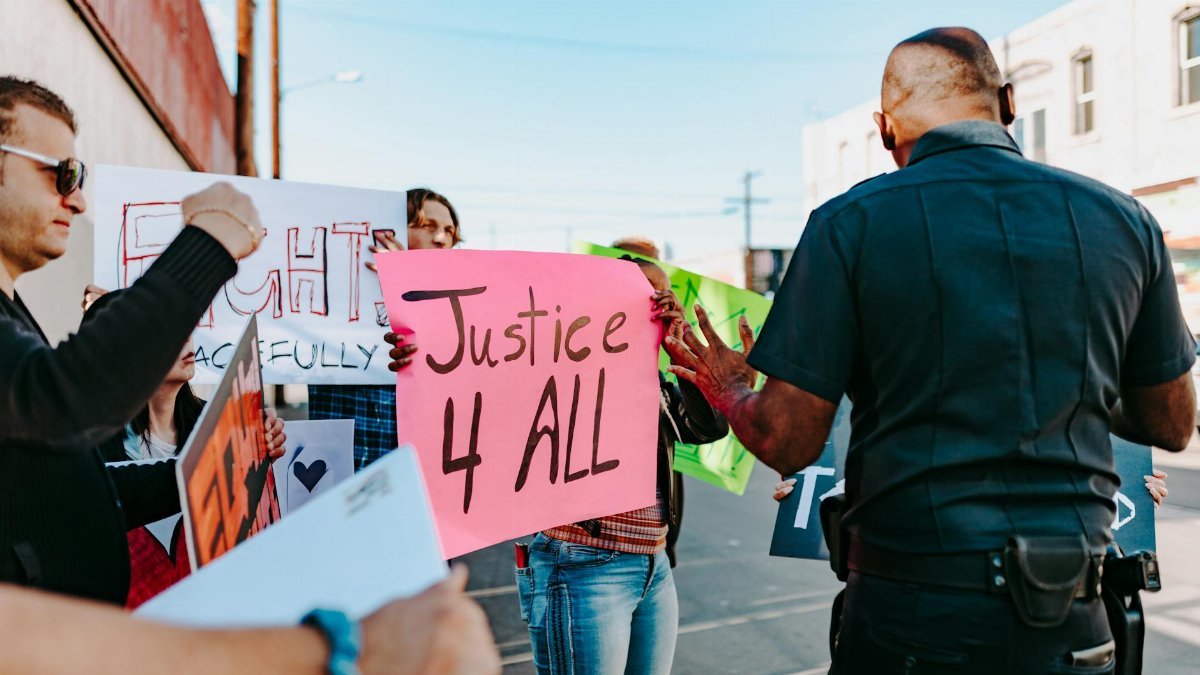Sunlight filtered through a cracked window in a small community center in Oakland, California, as a group of neighbors sat in a tight circle. Their faces were tense, some marked by frustration, others by exhaustion. They were there to address a lingering dispute over a property line that had spiraled into shouting matches and threats. But instead of police or courtrooms, they turned to justice circles healing—a process rooted in dialogue, accountability, and repair. For many in the room, it was a last resort. For others, it was a lifeline. This scene, increasingly common across U.S. neighborhoods, reflects a growing movement to resolve conflict without traditional law enforcement. It’s not just about settling disputes; it’s about rebuilding trust in fractured communities. How does this approach work, and can it truly transform the way we handle conflict?
The Roots of Justice Circles Healing

Justice circles healing draws from ancient practices, often traced back to Indigenous traditions across the globe, including Native American peacemaking circles. These methods prioritize communal dialogue over punishment, aiming to address harm by involving everyone affected. In the U.S., the concept gained traction in the 1990s as an alternative to the punitive criminal justice system, particularly in communities of color disillusioned by over-policing. Today, it’s adapted for neighborhood disputes, school conflicts, and even workplace tensions. The core idea is simple yet radical: harm isn’t just a violation of rules but a tear in the social fabric. Repairing it requires honest conversation, not handcuffs. Organizations like the Restorative Justice International have documented how these circles foster accountability while reducing reliance on formal systems.
Think of a recent case in Minneapolis, where a vandalism incident between teens and a local store owner was resolved through a circle. The teens apologized directly, worked out a plan to repair the damage, and the owner felt heard—something a police report couldn’t replicate. It’s messy, emotional work, but it often leaves participants with a sense of closure rarely found in court dockets.
How Circles Work in Practice

A justice circle isn’t a free-for-all venting session. It’s a structured process, often guided by a trained facilitator who ensures everyone gets a chance to speak. Participants—those who caused harm, those harmed, and sometimes community members—sit together, often passing a talking piece to signal whose turn it is. The focus isn’t on blame but on understanding: What happened? How did it affect everyone? What needs to be done to make things right? According to a report from the American Bar Association, circles often result in agreements that include apologies, restitution, or community service—outcomes tailored to the specific harm.
The process can feel slow. Hours might pass before a breakthrough. But that slowness is the point. Rushing to judgment skips the harder work of empathy. In a Chicago neighborhood, for instance, a circle resolved a feud over noise complaints by uncovering deeper issues of stress and miscommunication. The result? Not just quieter nights, but a block party planned together months later.
Why Police Are Often Left Out

In many U.S. communities, especially those historically over-policed, calling law enforcement for neighborhood disputes can escalate rather than resolve issues. Data from the Vera Institute of Justice shows that a significant portion of 911 calls involve non-violent conflicts—arguments, property disputes, or noise issues—that don’t require armed response. Yet, these calls can lead to arrests or violence, disproportionately affecting Black and Latino residents. Justice circles healing offers an alternative, keeping conflicts local and solutions personal.
This isn’t to say police have no role. Emergencies and violent threats still demand swift intervention. But for the everyday frictions that erode community trust, circles provide a way to de-escalate without badges or guns. Critics argue this approach can’t handle serious offenses, yet proponents counter that even minor disputes, left unchecked, often spiral into larger harm. The choice to bypass police isn’t just practical—it’s a statement about who should hold power in resolving community pain.
Challenges in Scaling Up

Justice circles healing isn’t a magic fix. Facilitators need training, which isn’t always accessible in under-resourced areas. Participants must be willing to engage, and not everyone is—some harbor too much anger or distrust to sit across from their adversary. A study by the Office of Juvenile Justice and Delinquency Prevention found that while circles often reduce recidivism in youth cases, success hinges on consistent follow-through—something hard to guarantee without funding or infrastructure.
There’s also the risk of uneven power dynamics. If one party feels coerced or unsafe, the circle can backfire, reinforcing harm rather than repairing it. A facilitator in Detroit shared how a circle nearly collapsed when a participant felt ganged up on. Only careful mediation salvaged the session. Scaling this model requires addressing these gaps—training more facilitators, ensuring voluntary participation, and securing community buy-in.
Impact on Neighborhood Trust

What happens when neighbors resolve their own conflicts? Often, something unexpected: trust grows. In places like Oakland, where community-led circles have tackled everything from petty theft to family feuds, residents report feeling more connected, even if the process was grueling. It’s not just about the conflict at hand but the precedent it sets. If you can sit with someone who wronged you and find a path forward, the next disagreement feels less like a battle.
Online discussions often highlight this ripple effect. One person shared anonymously how a circle over a stolen bike didn’t just get their property back—it led to regular check-ins with the neighbor who took it, uncovering struggles they’d never have guessed. These stories aren’t universal, but they suggest a potential for healing that punitive measures rarely achieve. When trust rebuilds, so does the sense of belonging.
Looking Ahead for Communities

As urban tensions rise—whether from economic strain or social divides—justice circles healing could play a bigger role in 2025 and beyond. Cities like Portland and Minneapolis are already piloting programs to divert non-violent disputes from police to community mediators. The challenge lies in balancing this grassroots approach with the need for broader systemic change. Circles can’t fix everything, but they can carve out space for dialogue in a society quick to litigate or punish.
Imagine a future where every neighborhood has a trained facilitator, a neutral space, and a culture of turning to each other first. It’s ambitious, maybe idealistic. Yet, for those who’ve sat in a circle and walked away feeling heard, it’s not a distant dream. It’s a tangible shift, one conversation at a time, proving that healing doesn’t always need a gavel or a badge—just a willingness to listen.
